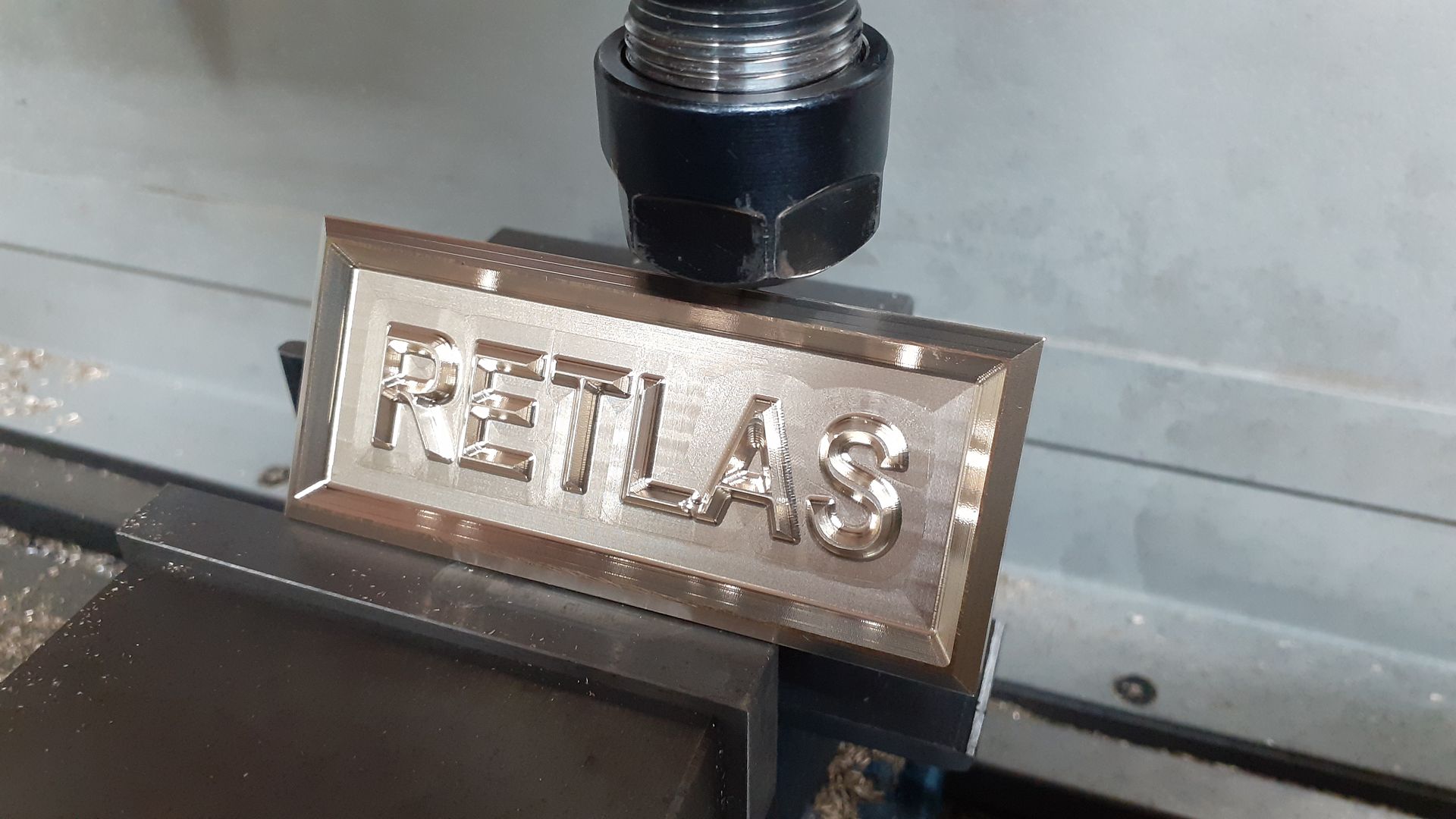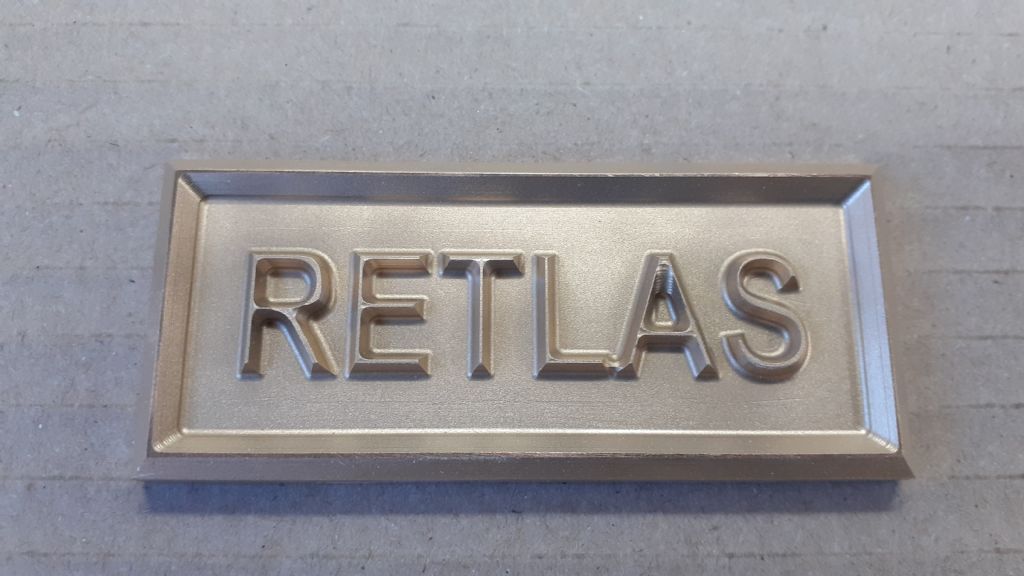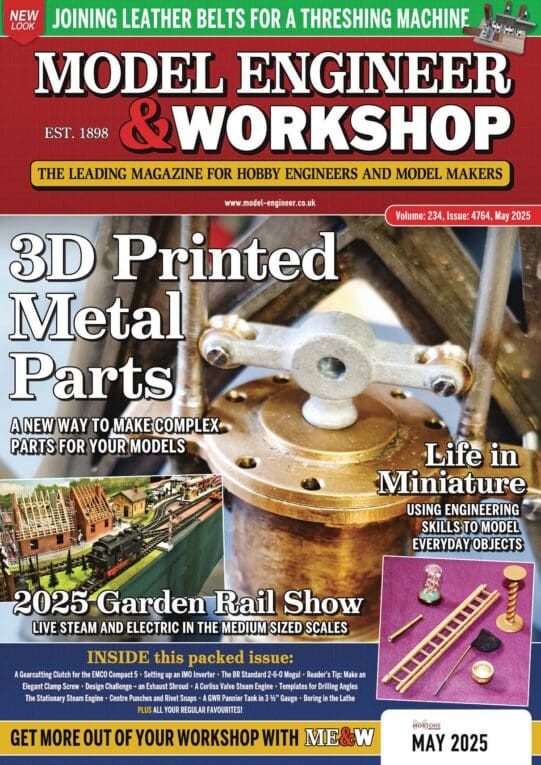Mick, good to hear that you have found and fixed one problem.
As to the other, are you saying that if you select machine coords and click "ref all home", then the Y axis hits the end stop without seeing the limit switch?
If so, have you tried jogging it well away from zero, using the MDI to put on a long, slow move towards zero, and checking that if you manually operate the limit switch it stops the machine? If not that would perhaps indicate a wiring fault, OR that something has corrupted the ports&pins configuration that assigns the limit switch.
If I recall correctly, Mach 3 stores a backup copy of its configuration in an XML file every time it closes down, in a folder within the main Mach 3 folder, possibly within a further sub-folder called something like "XML Backup". The folder gets filled up with files each of which has a date tag.
If you look in that folder, can you find a file dating back to when you can remember the machine working correctly? Don't do anything with it yet, but if it is a config corruption problem this could give you a way to restore it to a working state.
 JasonB.
JasonB.






